 Stephen Joseph, transport consultant and former Chief Executive of Campaign for Better Transport shares a fresh perspective on the essential role of our railway.
Stephen Joseph, transport consultant and former Chief Executive of Campaign for Better Transport shares a fresh perspective on the essential role of our railway.
The 1000th anniversary issue of RAIL is an opportunity to reflect on where the rail industry has come from - and where it might be going.
I’m coming at this from having run Campaign for Better Transport (CBT)/Transport 2000 from 1988-2018, covering much of the time that RAIL has been with us, and having been involved during that time in campaigning to retain and expand railways in the UK and to bring more people and goods onto them.
It's not all doom and gloom
Railways in Britain are facing tough times at present, and it’s easy to be gloomy about them and their future. But a long-term view that this anniversary allows shows that over RAIL’s lifetime, the railways have faced much greater threats.
When RAIL was founded as RAIL Enthusiast in 1981, British Rail faced major threats. 1982 had the lowest number of passenger journeys and passenger miles in the second half of the last century, and plans for line closures and cutbacks (going far further than Beeching had planned) were swirling round Whitehall.
As Richard Faulkner and Chris Austin set out in their excellent studies (Holding the Line and Disconnected!), Department of Transport officials were insistent that further closures were needed. And the plans became public with the Serpell Report in 1983, which included options to cut the rail network down to just 1,600 miles.
This was rejected by Prime Minister Margaret Thatcher and transport ministers at the time, but policy adviser Sir Alfred Sherman pursued a plan for turning railways into roads, leading to a serious study of concreting over the Marylebone line and parts of the North London Line.
Alongside this, 1982 featured various strikes - including one that closed the whole railway for a couple of weeks over ‘flexible rostering’, adding to a sense of an industry in terminal decline.
Rebound
However, the rail industry did recover from that low point. Economic growth later in the 1980s brought new traffic to the railways, and the sector-based BR (with good marketing) took advantage of this. Gradually, some in government came to see the value of rail and authorised investment in electrification, upgrades and new trains.
Then came privatisation and the splitting up of the railways into hundreds of different parts, the creation and then demise of Railtrack, and the setting up and then demise of the Strategic Rail Authority.
This fragmented and constantly changing railway landscape had lots of downsides. It pushed up the costs of running the railways and in building rail projects dramatically. It has also caused (and continues to cause) all sorts of issues for passengers, especially when things go wrong.
It also stopped progress in various areas - notably on fares, where the 1994 fares structure has essentially been frozen and then added to by individual operators. This has led to the current jungle of confusing and misleading rail fares, as well as preventing new marketing offers that can bring new users and business to the railways as a whole.
Of course, independent retailers can help people through this, but they can’t altogether overcome the complexity of the system.
However, even with this fragmentation, we have seen some upsides. Freight has revived, and has managed the transition away from the reliance on coal trains to intermodal and other new traffic.
Passenger use of the railways also grew year on year up to just before COVID, and governments were prepared to build in investment through franchises and Network Rail.
Behind the scenes 'forces'
Although the rail industry liked to congratulate itself on this growth, in fact there were underlying forces at work. Wider government policies supported rail expansion - one of the less noticed but important reforms (spearheaded by Transport 2000) was the reform of company car taxation, away from rewarding drivers for travelling extra miles in big thirsty cars towards supporting low-emission vehicles. This gave increased incentives for longer-distance business travel to migrate to rail.
The type of economic growth seen in the early part of this century - especially growth in the services sector such as finance and law - has also favoured rail, because it led to growth of jobs in cities and extra rail commuting into London and other major cities such as Birmingham and Leeds.
Devolution (to new assemblies in Wales and Scotland, and new mayors in London and later other major urban areas) has also led to increased rail use and investment.
There is continuity here. The Passenger Transport Executives set up in the 1960s saved and supported their local rail services, but the new devolved bodies have taken control of their railways and improved them hugely, taking down-at-heel services such as the North London Line and Merseyrail and turning them into attractive high-performing, high-frequency lines with new trains.
COVID then brought all of this to a halt. And although leisure travel on rail is above pre-pandemic levels, commuting and business travel has not recovered to the same extent, substituted with online meetings and working from home.
In addition, political turmoil has undermined the railways. Boris Johnson, with his London Mayoral experience, was a strong public transport supporter and authorised new rail investment. But his successors have not taken the same view.
Rishi Sunak is not a rail fan, as his cancelling of HS2’s northern legs has shown. His approach (and those of some others in government) harks back to Sir Alfred Sherman’s belief that railways are an outdated technology - they are apparently now to be replaced by driverless (or even flying) cars. This is not a future that those closest to the car industry really believe is imminent, but it still informs some current thinking.
However, the case for rail has in fact been strengthened, especially by the urgent need to tackle climate change. Increasing use of the railways is now a policy adopted by many governments, and several are investing huge sums in their railways and in reducing fares.
What's needed
Wales and Scotland are supporting and investing in their rail networks (a Serpell-style report that proposed closing all lines in Wales, Scotland and Cornwall would be politically inconceivable today).
Even without this, the distractions of a future based on travel in electric cars melt, when faced with the reality of extensive road congestion and the impossibility of building enough roads to solve it (much of the US has tried to do this and failed).
Railways, both passenger and freight, can help tackle this (one study I supported when at CBT suggested that in some corridors the best way of reducing congestion and helping motorists would be to upgrade parallel rail lines for freight).
Of course, the railways need reform - a ‘guiding mind’, freeing rail managers from day-to-day government interference, and cutting the costs of running and upgrading railways. A genuine longer-term investment programme that gives some certainty and brings down unit costs would help. And fares reform is essential.
But ultimately, we need to keep making the case (to national devolved and local government) for upgraded, frequent and reliable railways, linked to and integrated with other transport modes, and used as the basis for the new housing that governments are supporting.
I’m sure that RAIL, in partnership with my old organisation the Campaign for Better Transport (this year celebrating its 50th anniversary) and other friends of the railway, will keep making the case for a better railway.

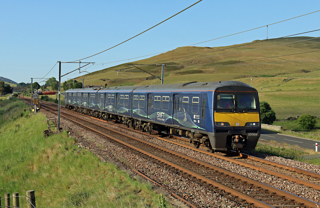
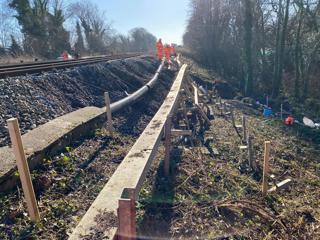
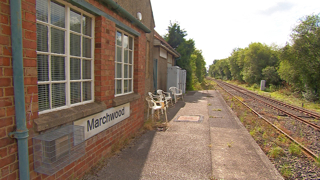
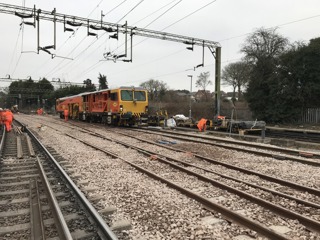
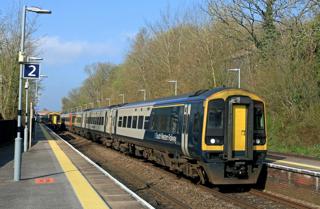












Login to comment
Comments
No comments have been made yet.